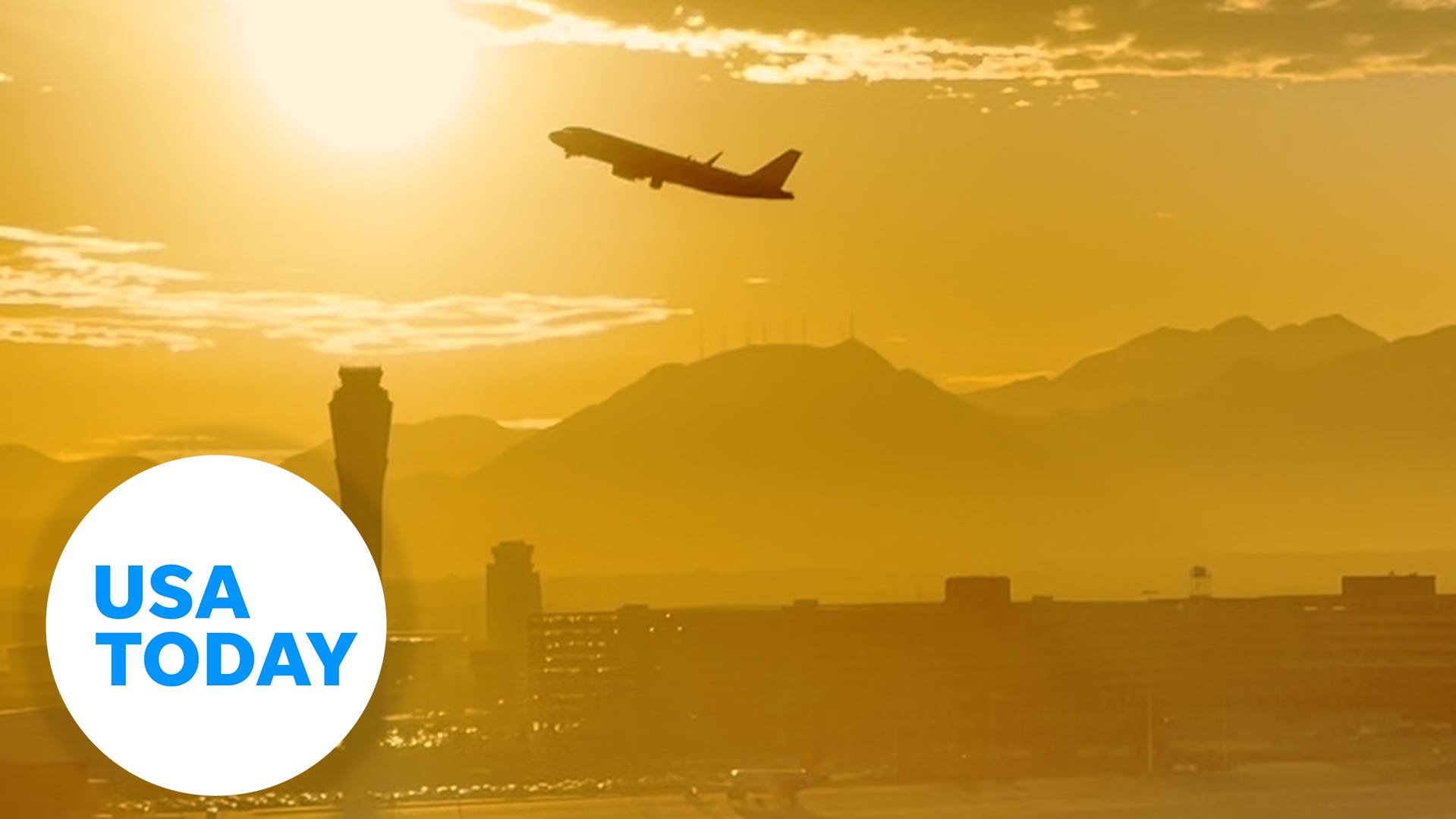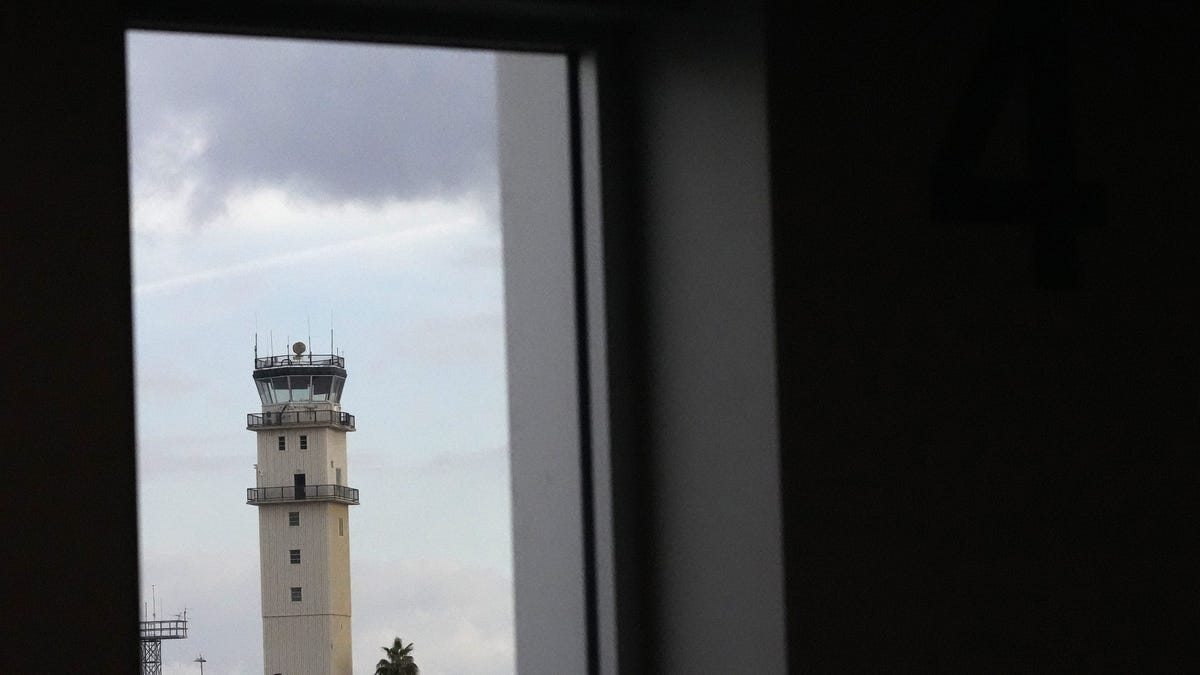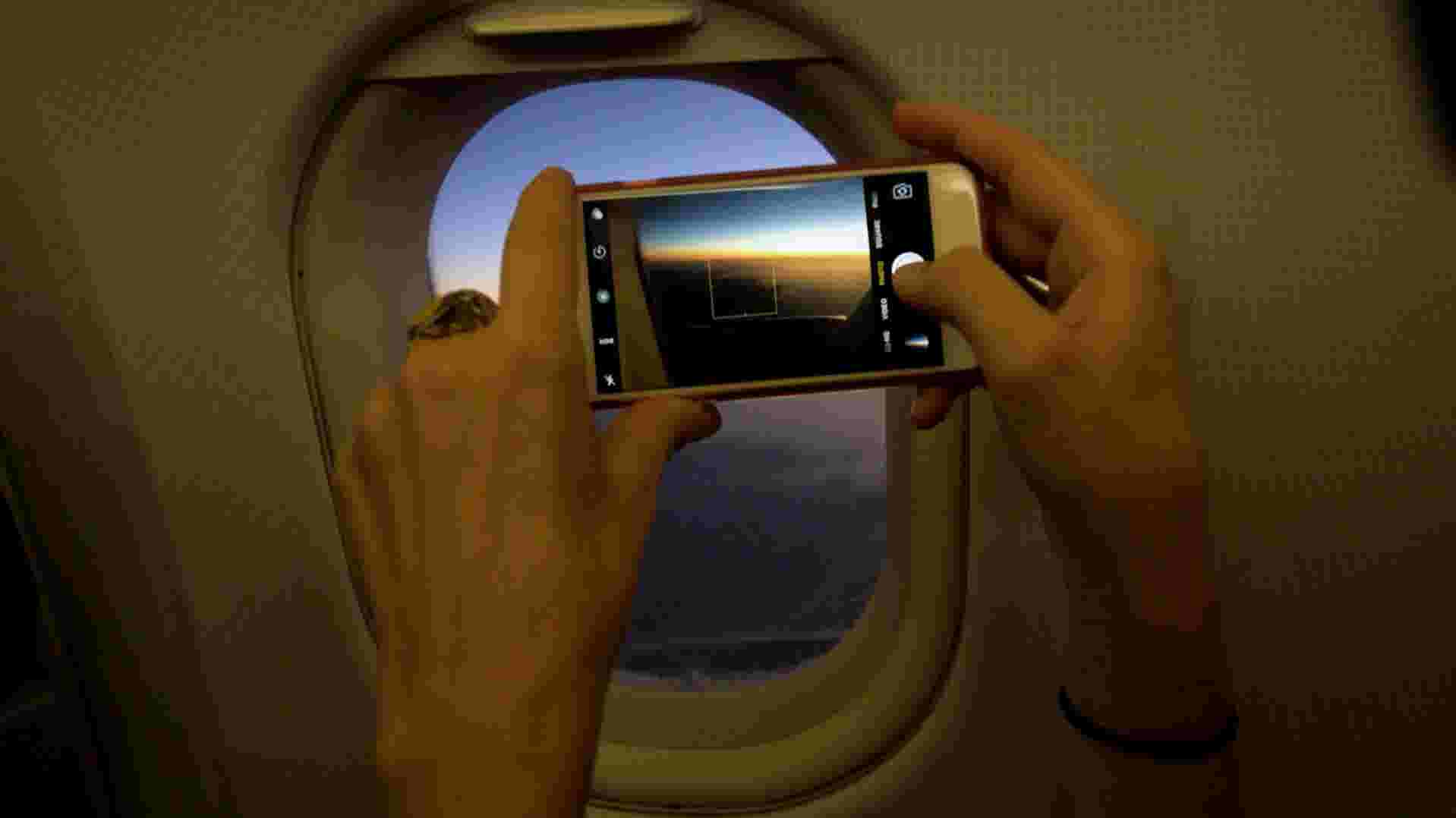
Why air traffic controllers are under more pressure than ever
Inside the growing stress in U.S. air traffic control towers.
- The FAA has a nationwide shortage of around 3,000 air traffic controllers, impacting airport efficiency.
- This understaffing exacerbates delays when issues like bad weather or technical outages occur.
- The FAA prioritizes safety by adjusting flight traffic based on controller availability.
Corrections & Clarifications: An earlier version of this story misstated air traffic control staffing data by including trainees. The Collaborative Resource Workgroup staffing target, which guides the Federal Aviation Administration’s hiring of air traffic controllers, includes only full Certified Professional Controllers. Trainee staff does not count toward the CRWG target for air traffic control staffing.
Air traffic controller staffing has been a major issue for the Federal Aviation Administration for years. As a result, it’s been a major issue for travelers, too, even if it’s not always as top of mind for the average passenger when there are delays.
“If you look at travel delays and travel cancellations, the primary reason continues to be due to weather,” Sheldon Jacobson, professor of computer science at the University of Illinois’ Grainger College of Engineering, previously told USA TODAY.
But when bad weather strikes, or when other issues occur like the tech outages that have been plaguing Newark Liberty International Airport over the past month, air traffic controllers, already stretched thin by understaffing, can sometimes reach the breaking point.
How many air traffic controllers are there in the US?
According to Transportation Secretary Sean Duffy, the FAA is short about 3,000 air traffic controllers nationwide, but those shortages aren’t spread evenly throughout the system. The map below shows the disparity between staffing in different facilities across the country. In the graphic, CRWG refers to the Collaborative Resource Workgroup, a partnership between FAA air traffic control management and the controllers’ union.
Are air traffic control shortages dangerous?
While the shortages are a headache for air traffic controllers and travelers alike, they manifest in flight delays and cancellations, not safety concerns for the flying public.
The FAA always prioritizes safety, and will adjust the number of flights that move through sectors of airspace to match the bandwidth of controllers.
“Safety is the priority,” Duffy said at a press conference on Wednesday. “If we don’t feel something is safe, we will stop, or we will slow things down.”
When a handful of air traffic controllers took trauma leave after a major tech outage at Newark, it limited the number of flights the airport was able to handle safely. Air traffic into and out of Newark is handled by Philadelphia TRACON, and that’s not even the most severely understaffed facility in the country.
The Philadelphia tower, which houses both airport air traffic control and TRACON (short for Terminal Radar Approach Control) facilities, is short about 51 employees from the agency’s goal based on its 2024-2033 workforce plan. Other facilities have an even greater shortfall.
While Duffy has promised steps to boost hiring including financial incentives and streamlining the screening process, it takes time to train and certify air traffic controllers, particularly those who oversee complex airspace like the skies over the New York metropolitan area or the area covered by a control facility in Jacksonville, Florida, which is often another bottleneck for flights throughout the U.S.
Hiring and technology upgrades for the FAA are going to take time, Jacobson warned.
“This isn’t going to happen in three years. This is going to take several years.”
This story and graphics have been updated to correct an error.
Zach Wichter is a travel reporter and writes the Cruising Altitude column for USA TODAY. He is based in New York and you can reach him at zwichter@usatoday.com.









